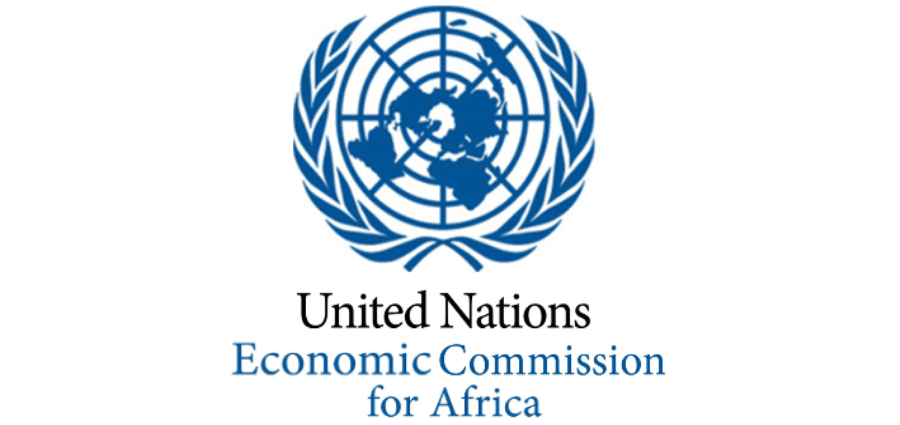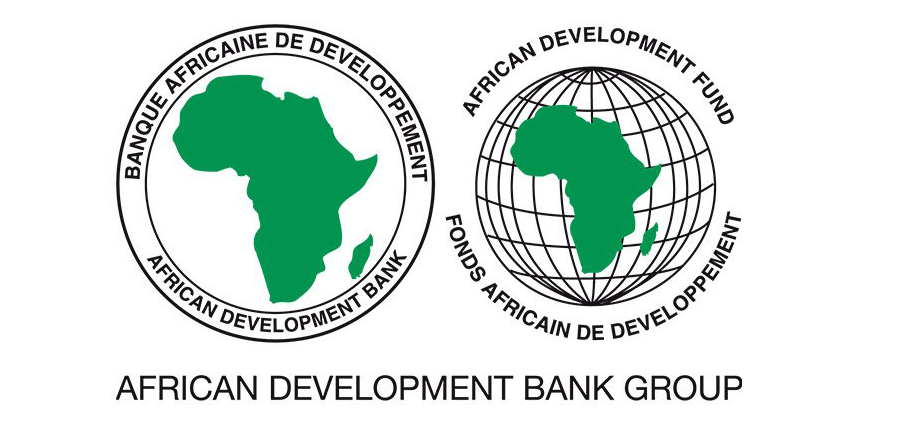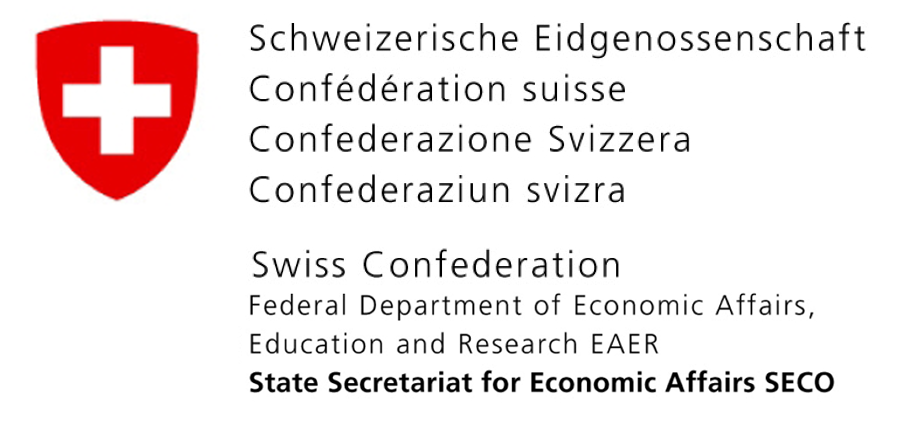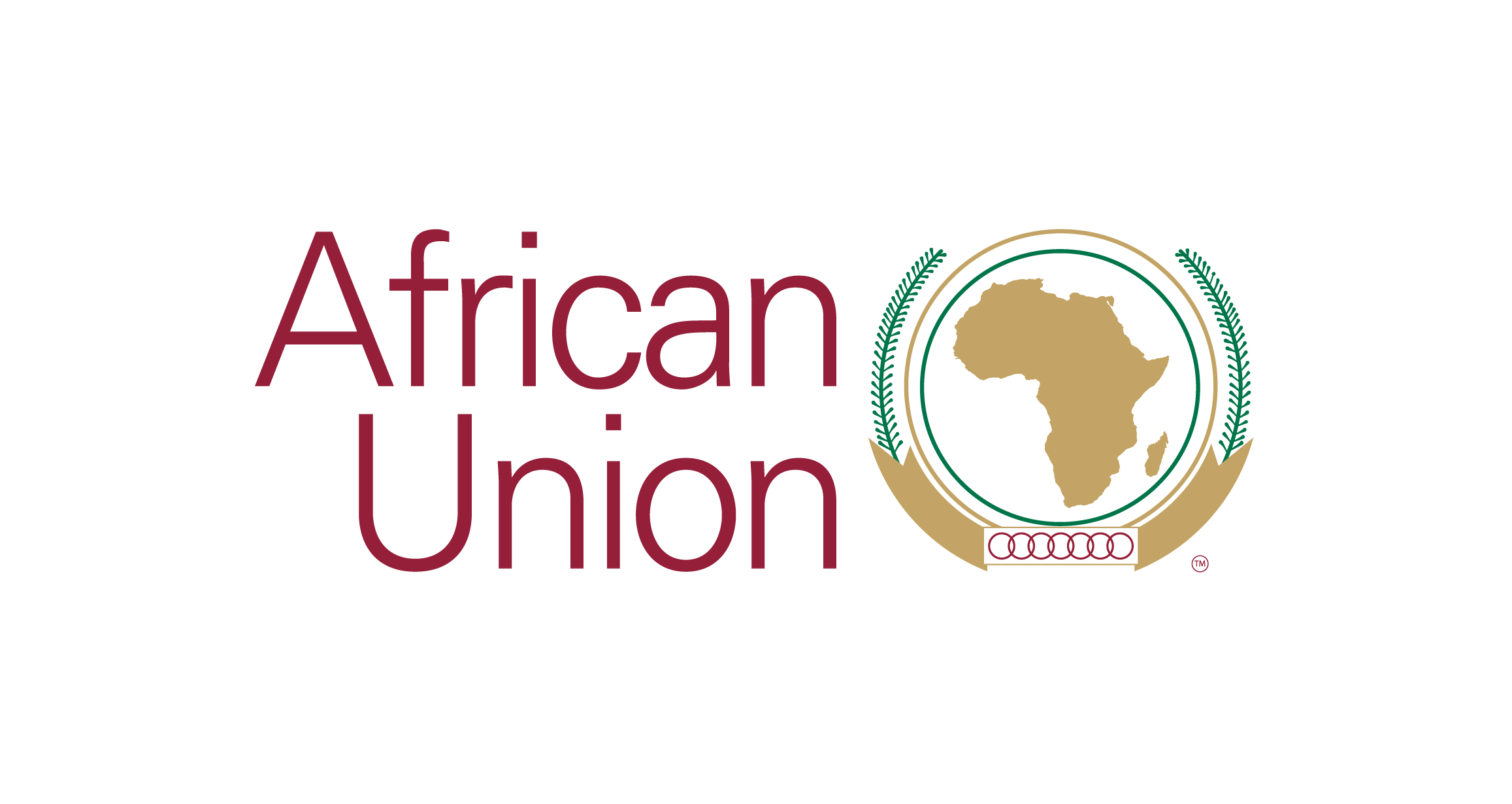Local Transport Solutions: People, Paradoxes and Progress - Lessons Arising from the Spread of Intermediate Means of Transport
Paul Starkey
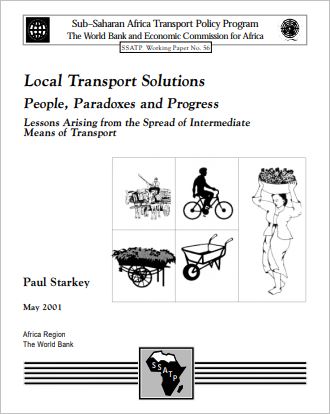
This publication is based on the key note paper presented by the author at the experts Meeting on Intermediate Means of Transport (IMT) which took place in Nairobi, Kenya from 15 to 18, June 1999. Some 50 participants from twelve African countries including Burkina Faso, Cameroon, Cote d'Ivoire, Eritrea, Ghana, Kenya, Madagascar, Malawi, Tanzania, Uganda, Zambia and Zimbabwe attended. Participants also included experts from the Netherlands, Sri Lanka, United Kingdom and the World Bank.
The principal objective of the meeting was to examine (i) factors accounting for the observed low use of intermediate means of transport in Sub-Saharan Africa compared with the rest of the world, especially Asia and (ii) to evolve strategies for addressing identified shortcomings. It was the first gathering of international experts devoted to the subject of intermediate means of transport use in Sub-Saharan Africa and was the result of exhaustive consultations with stakeholders by the Rural Travel and Transport Program on the need for a holistic approach to the promotion of the enhanced use of intermediate means of transport given the nature and character of the factors accounting for their low use in SSA.
In Sub-Saharan Africa, most village transport still involves people (mainly women) walking and head loading. Between walking/carrying and large motorized transport there is a wide range of intermediate means of transport (IMTs). These increase transport capacity and reduce drudgery at relatively low cost, solving local transport problems. Local transport solutions include wheelbarrows, hand carts, bicycles, tricycles, animal-powered transport, motorcycles and power tiller trailers. The promotion of intermediate means of transport has had varied results. Examples (e.g., Mauritania, Sri Lanka, Tanzania and Zambia) show both the effectiveness and the lack of success of promotion by projects, nongovernmental organizations, the private sector (formal and informal) and person-to-person exchanges. Most Asian transport technologies have been promoted by the private sector. Bicycles and donkeys have mainly spread in Africa through private sector and user-to-user promotion. Informal diffusion can be rapid and effective, but the existing patchy distribution of transport technologies illustrates its unreliability.

